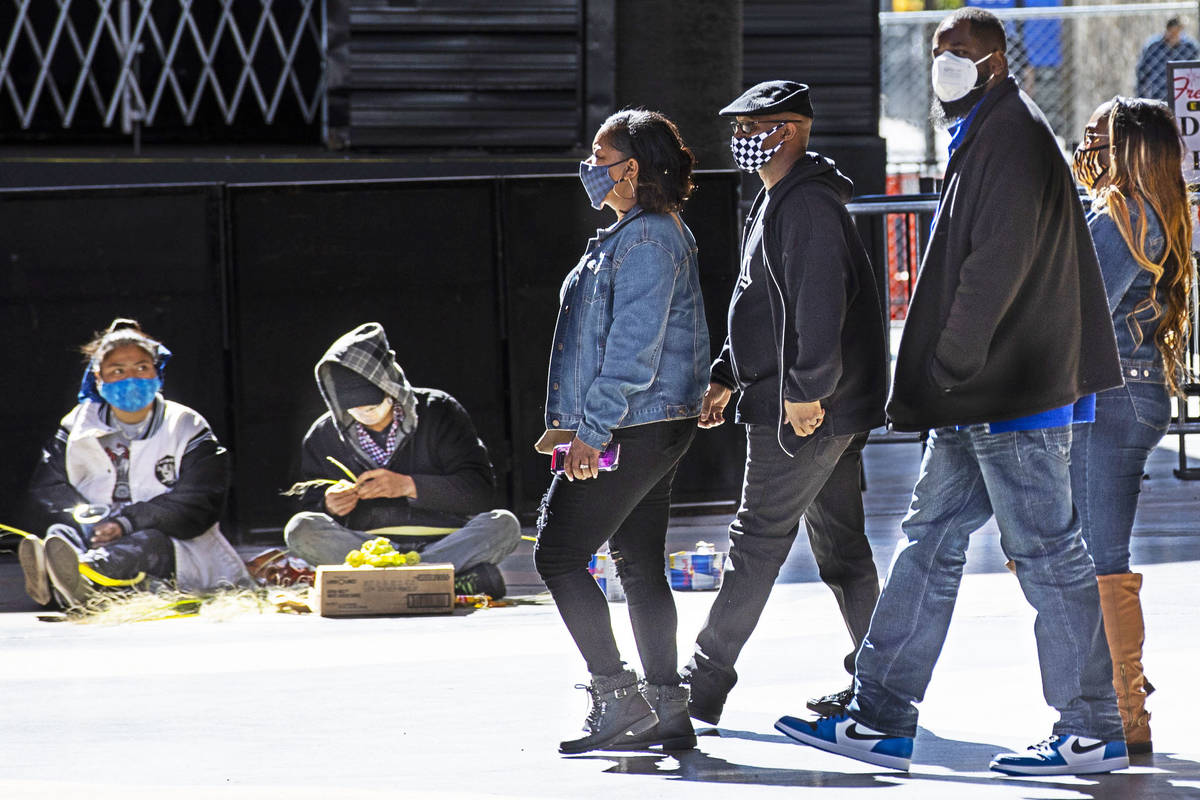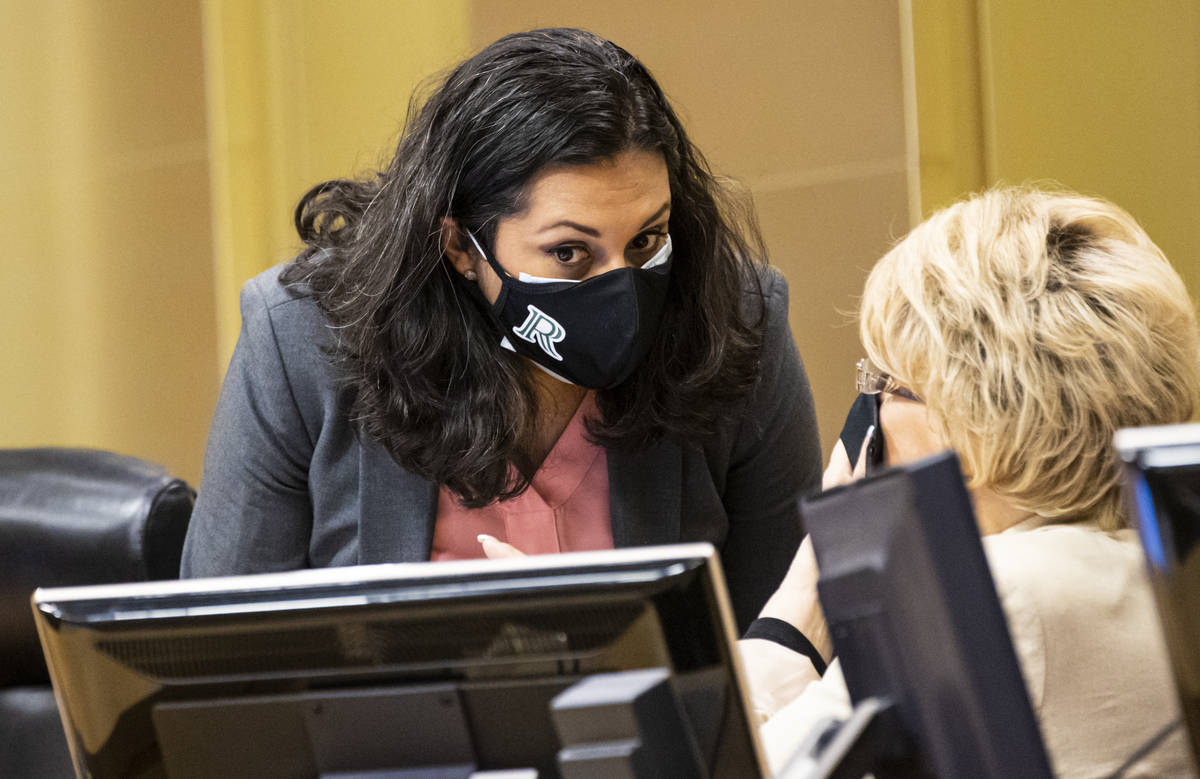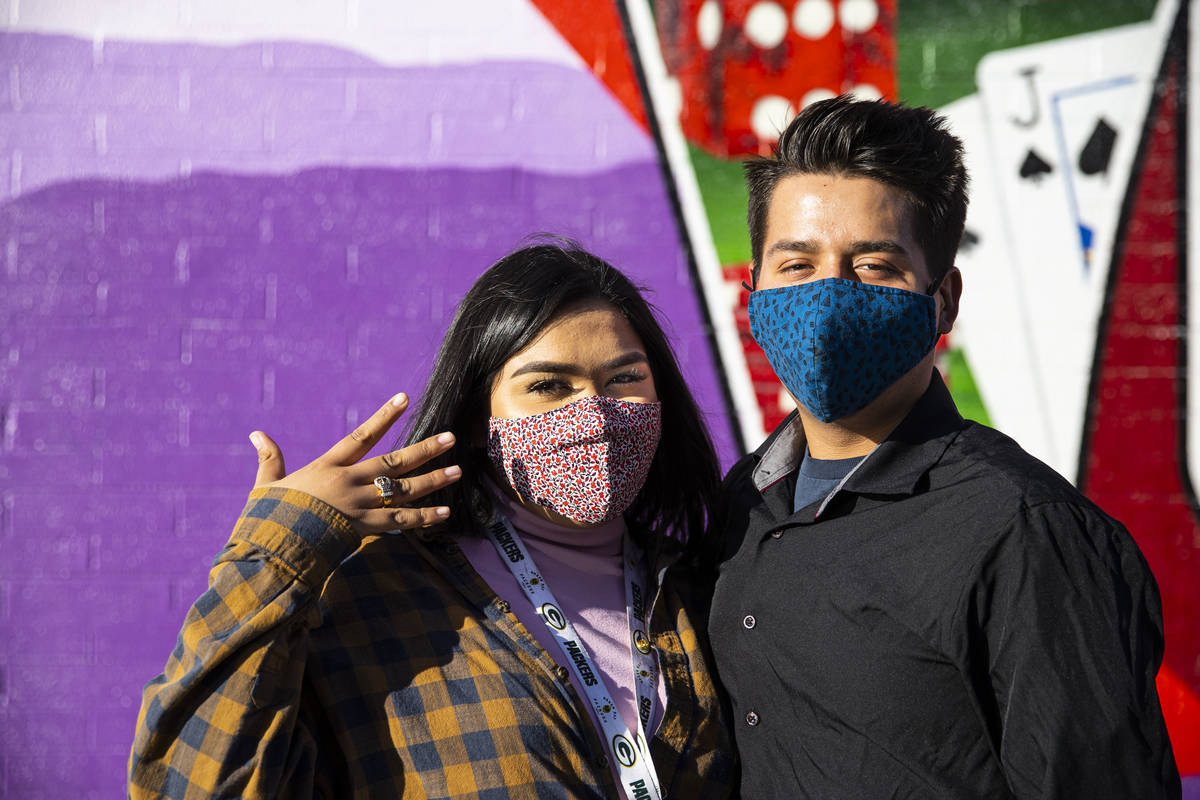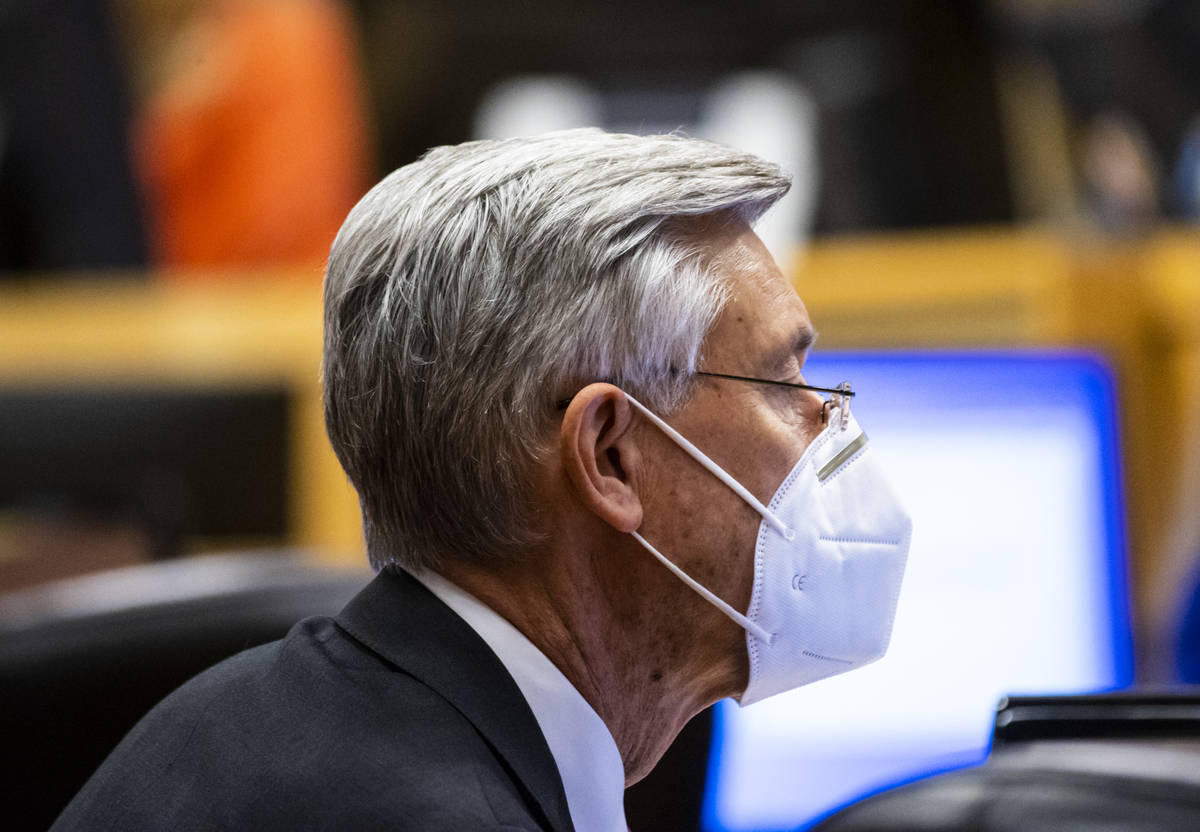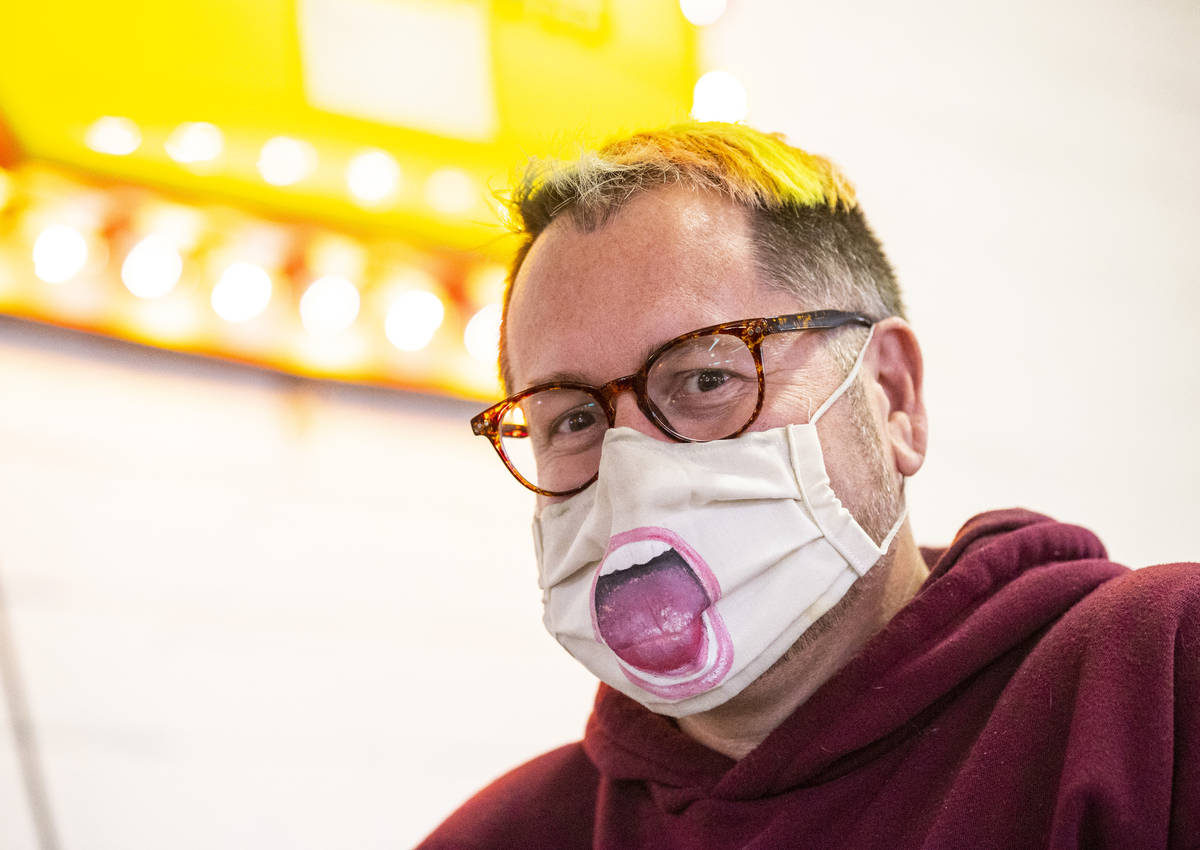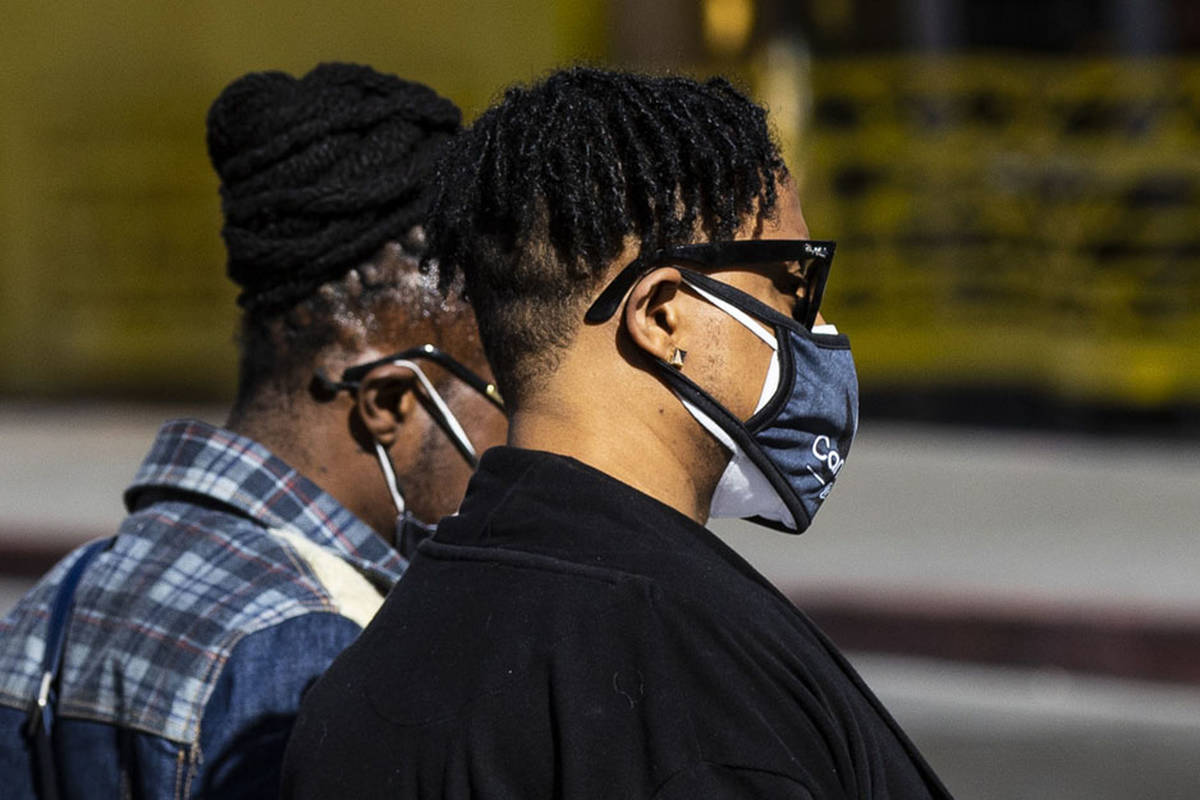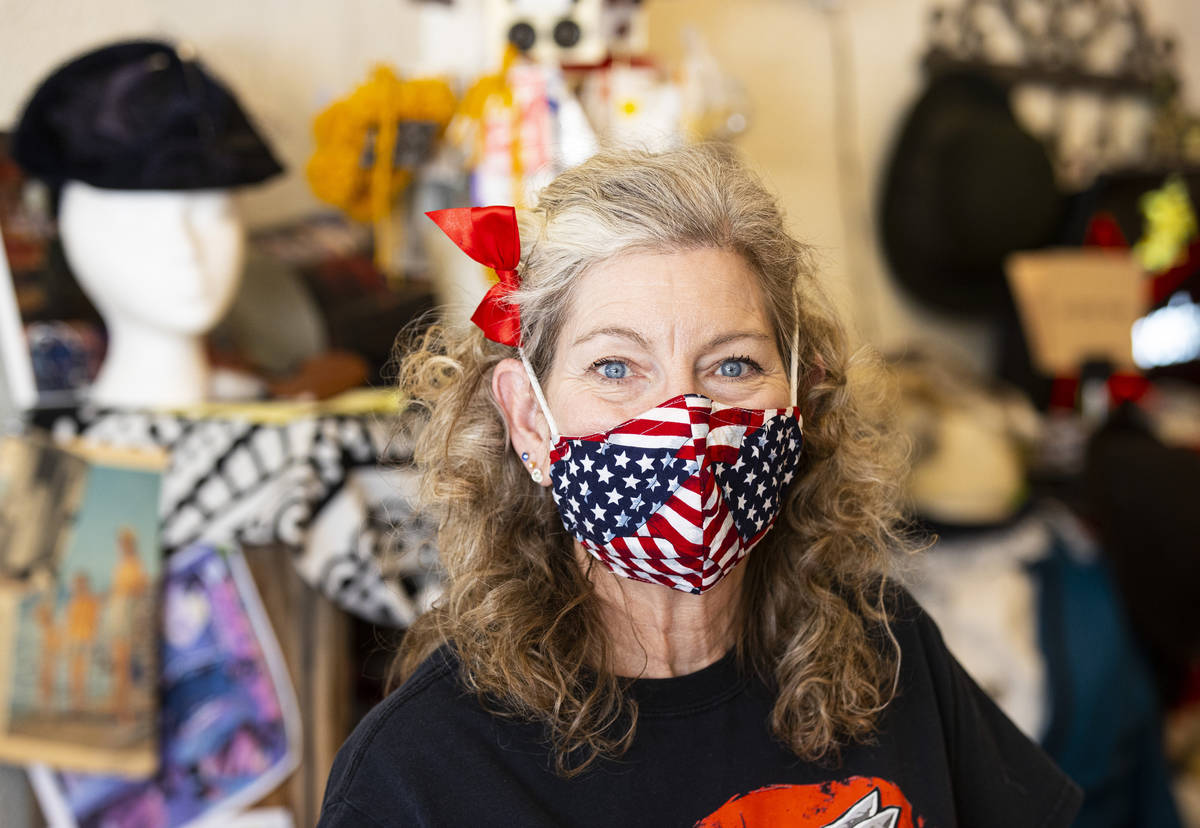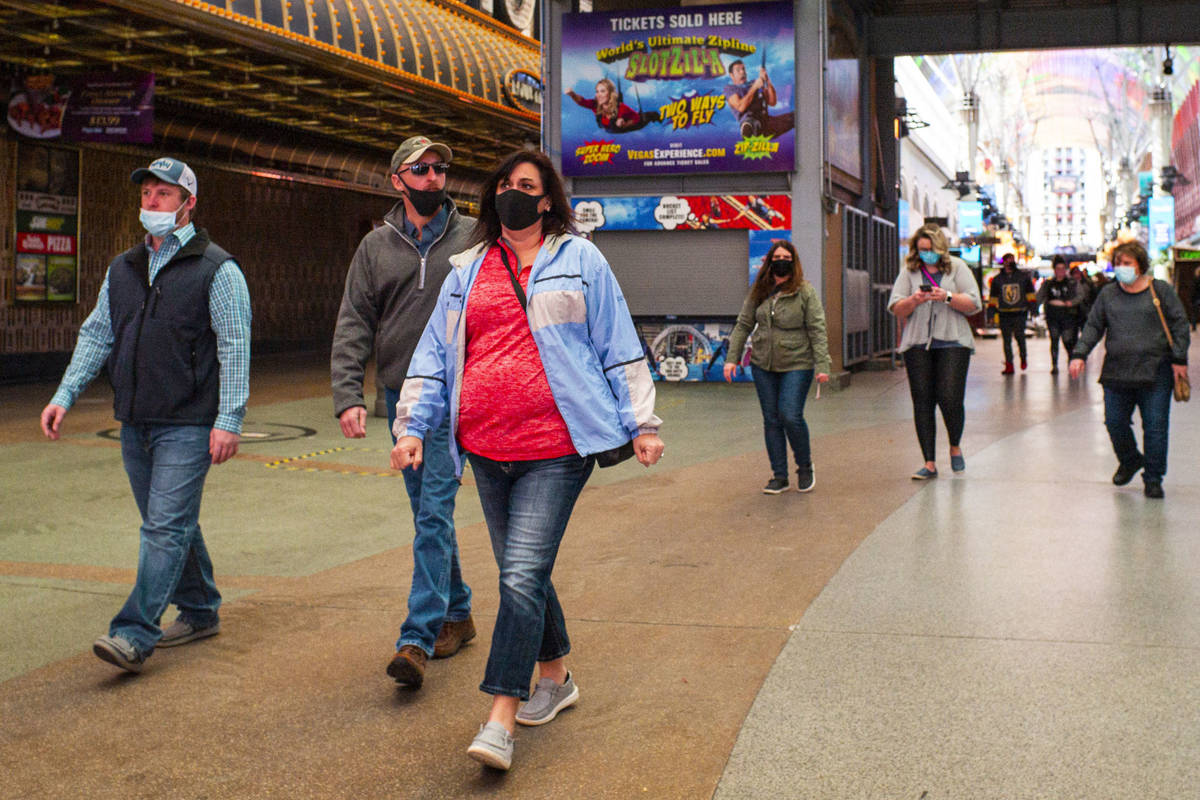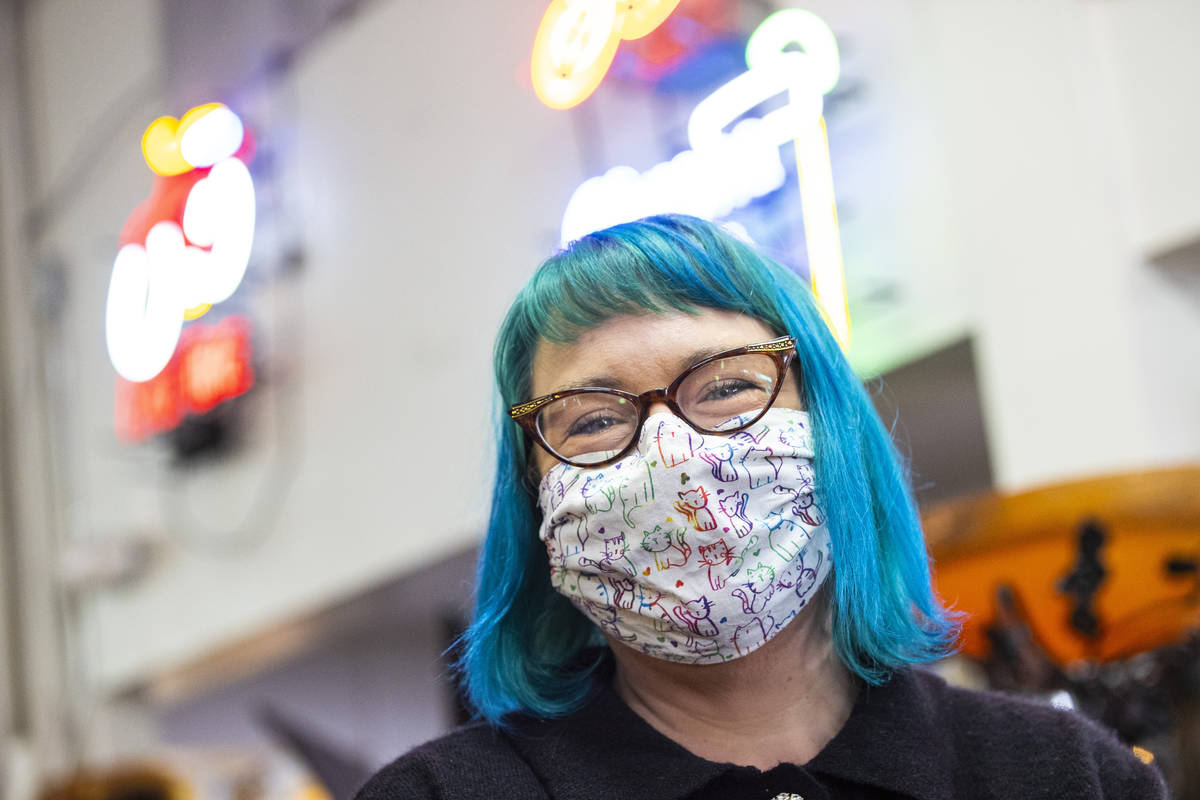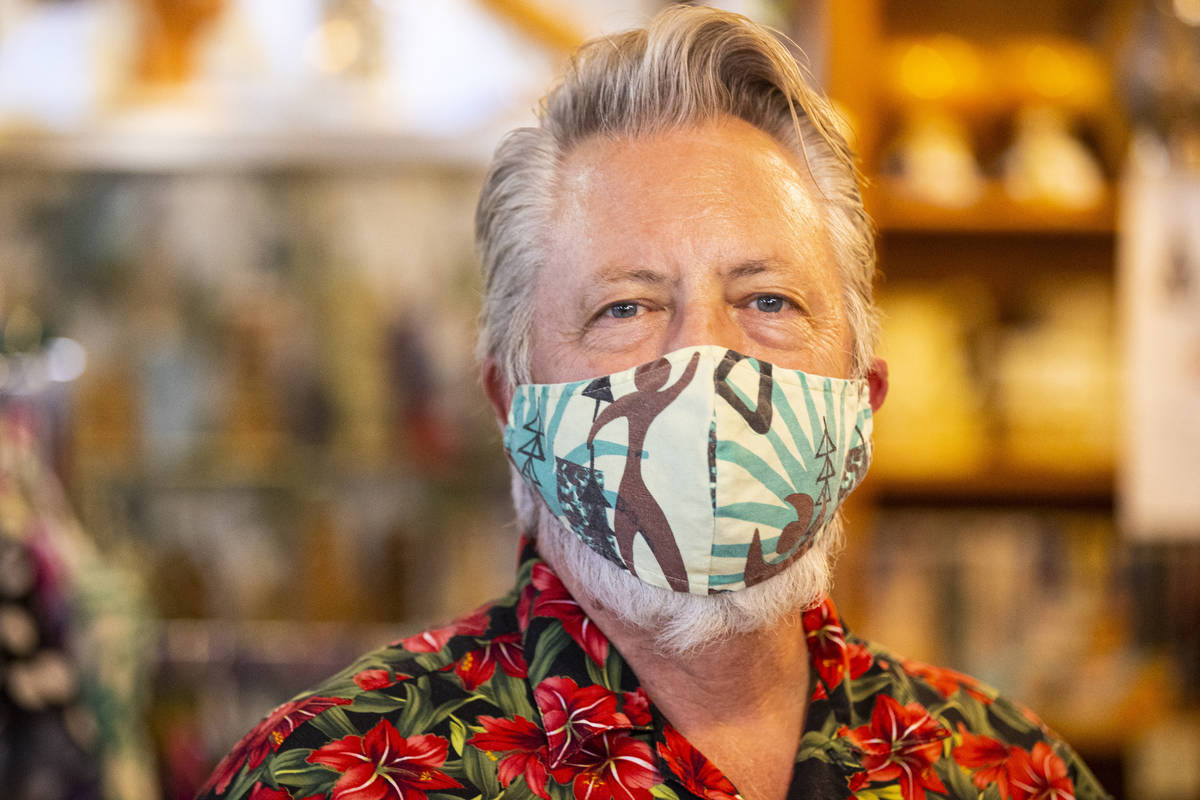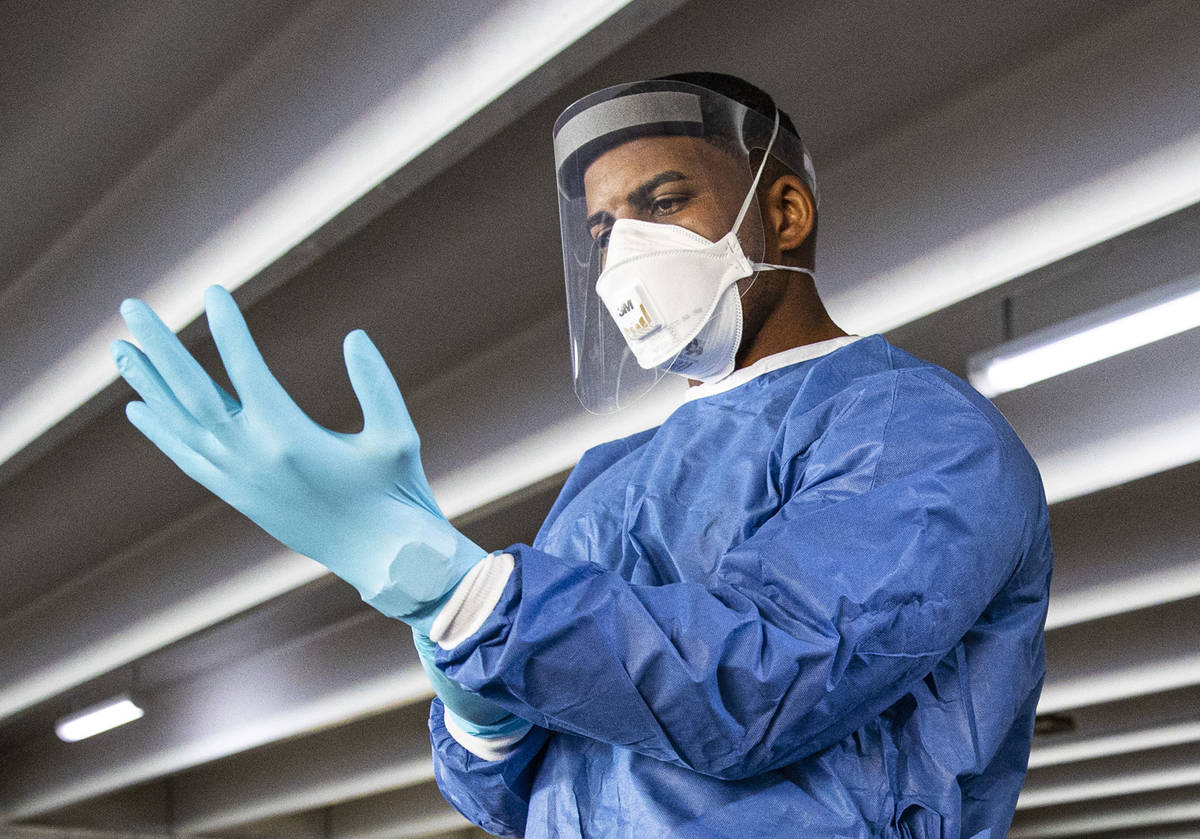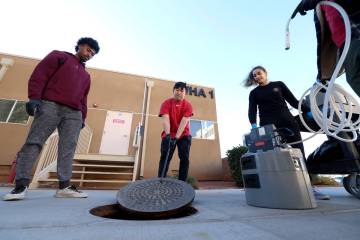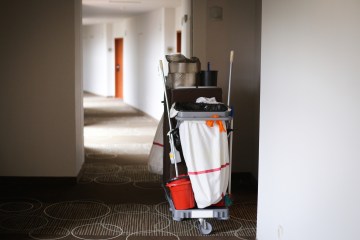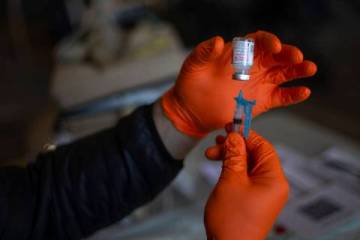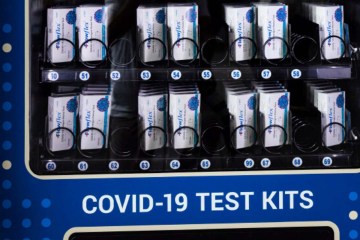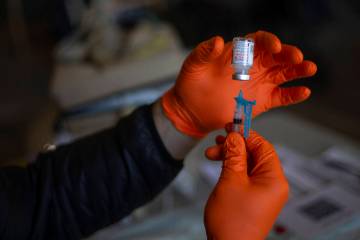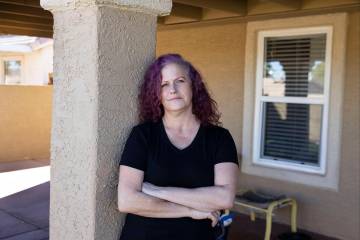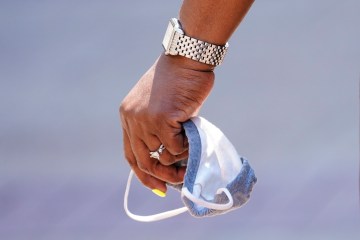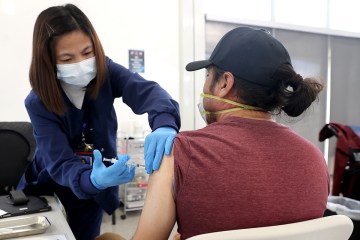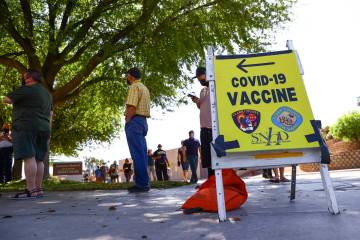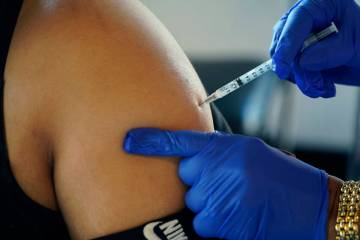The science behind the mask: Experts on finer points of wearing one
Even though the coronavirus pandemic is ebbing for now, experts say the virus will be with us months to come, if not a permanent presence. That means wearing the right kind of mask and wearing it correctly will remain important for the foreseeable future.
The biggest consideration, public health officials agree, is fit. A mask should conform to your face like a glove.
“The bottom line is this: Masks work, and they work when they have a good fit and are worn correctly,” is how Rochelle Walensky, director of the Centers for Disease Control and Prevention, put it at a White House briefing on Feb. 10.
But that leaves plenty of room for questions.
What type of mask is most effective? How do you double mask? Is it worth buying an N95 mask — the type that front-line medical professionals wear?
With that in mind, we spoke with a trio of experts about the right and wrong ways of wearing a face mask.
Common shortcomings
Jose L. Jimenez, a professor in the department of chemistry and biochemistry at University of Colorado Boulder, said there are two main issues that people need to watch out for in selecting a mask – filters and gaps.
“Some masks that people have, the quality of the filter is poor,” he said. “People cut a T-shirt, they wear a bandana. Even if the air is passing through the filter itself, many of the virus particles may not stick to the filter, but rather they just go through.”
Jimenez said N95 masks, surgical masks and fabric masks with three layers all provide good filters.
The other issue with finding a mask that’s a good fit is has more to do with a user’s face. People with facial hair, for example, often have a difficult time finding a mask that fits correctly.
The problem is that even tiny gaps between the face and mask allow outside air to rush in, “because it takes … a lot less effort to go through a gap instead of a filter,” he said.
“It’s almost unseen that you see someone on the street that actually is wearing a mask properly,” he added. “Most people have huge gaps around the nose and on the sides with surgical masks, and that’s a huge problem. They may be wearing masks that are filtering 90 to 95 percent of the virus, but they are wearing them so that only 40 percent is filtered.”
One test, he said, is to take a deep breath. The mask should contract and make contact with your face when you do.
Wearing a cloth mask on top of a surgical mask can help minimize some of those gaps while still providing a solid filter, he said.
Dos and don’ts of double masking
The CDC also recommends double masking, as long as it’s done in a very specific way.
Pierre Herckes, a professor in the School of Molecular Sciences at Arizona State University, said wearing two surgical masks is not an effective way to double mask, for instance. The proper technique is to wear a surgical mask covered by a cloth mask.
“It has two advantages: You get more material for the air to go through, so you get better filtration. ... And then at the same time you get better fit because most surgical masks don’t fit very well,” he said. “You get these little holes when you wear one of them, but then if you put a cloth mask on top it helps push against the face.”
It’s also important not to reuse masks that aren’t designed for multiple uses. Surgical masks are single-use, and if they do their job, virus particles can stick to the outside. That means you have to be careful handling them and they shouldn’t be worn more than once, Herckes said.
Cloth masks can be reused, but should be washed each time to avoid the possibility of disease transmission. When buying a cloth mask, always look for one that has multiple layers, Herckes advised.
Are masks effective against variants?
The presence of so-called variants to the new coronavirus in Nevada provides another good reason for wearing a mask and makes the double-masking option more appealing, said Brian Labus, an assistant professor in the Department of Epidemiology and Biostatistics at UNLV’s School of Public Health.
“Doubling up on masks and making sure that you’re wearing the masks properly and anytime you’re around others is even more important now because it’s going to provide that protection against that easier spread of the new strains,” he said. Really, it’s just fine-tuning our mask wearing for a virus that spreads more easily than the one we’ve been dealing with.”
N95 masks
Though the CDC does not recommend the use of N95 masks for the general public, some people who want to be as safe as possible may be tempted to upgrade.
The two biggest benefits of wearing an N95 masks are that they have very efficient filters and fit snugly on the face when worn properly, with two straps that wrap around your head rather than loops that slip over ears.
One major downside: Most N95 masks are designed to be single-use. And they can get pricey: a pack of 20 N95 masks could cost you over $90.
Another option is the KN95 mask, which is similar to the N95 and also intended for a single use. KN95 masks filter tiny particles about as well as an N95, but are manufactured in China and have not been certified by the National Institute for Occupational Safety and Health (NIOSH), which regulates faces masks in the U.S.
The KN95 masks, which have been approved for emergency use by the Food and Drug Administration, typically have straps that fit over the ears instead of wrapping completely around the head, increasing the risk of air gaps.
The CDC recommends that prospective purchasers look for KN95 masks that meet requirements similar to those set by NIOSH for the N95, which some KN95 masks do not.
Also, you’ll want to beware if you decide to upgrade to either type of mas. With so much demand for the high-quality masks, lots of counterfeit N95 and KN95 masks have popped up throughout the country, including in some government orders.
The National Personal Protective Technology Laboratory, part of NIOSH, this month updated its website to offer tips on how to spot a fake N95, including watching out for devices that have no markings on the facepiece or have respirators that misspell NIOSH.
Shields, neck gaiters and bandanas
Any mask is better than no mask, but bandanas, gaiters and other makeshift face coverings are generally not very helpful, experts say. Bandanas, for instance, are inefficient because they allow lots of air to escape and create lots of gaps.
Face shields provide an extra layer or protection because they protect your eyes, but they are ineffective when worn without a mask.
“What I see people doing a lot with face shields is they where them instead of a mask,” Herckes said. “And the face shield is definitely not a mask because as you breath, the air just goes around the face shield. It has very minimal ability to actually protect you.”
What the experts wear
In case you wondered, Jimenez said his personal choice of masks is an envo mask, a reusable type with an N95 filter that provides a consistent, snug fit.
Herckes said he usually wears a KN95, while Labus wears a two-layered mask, with a wire to improve the fit around his nose.
All say double-masking the proper way is the best option for most people who don’t want to invest in the higher-quality masks.
Contact Jonah Dylan at jdylan@reviewjournal.com. Follow @TheJonahDylan on Twitter.



